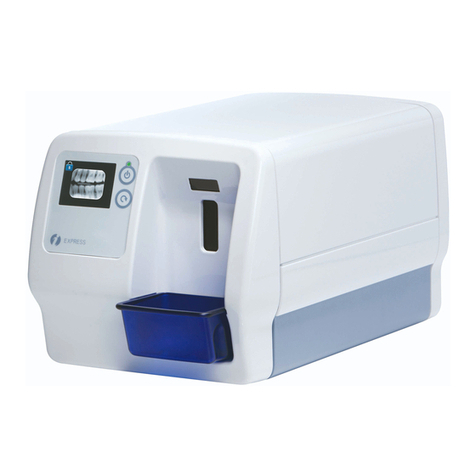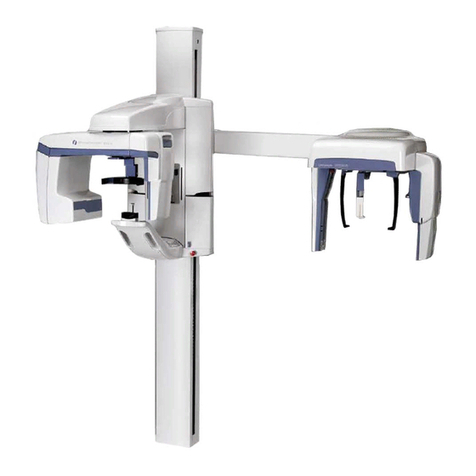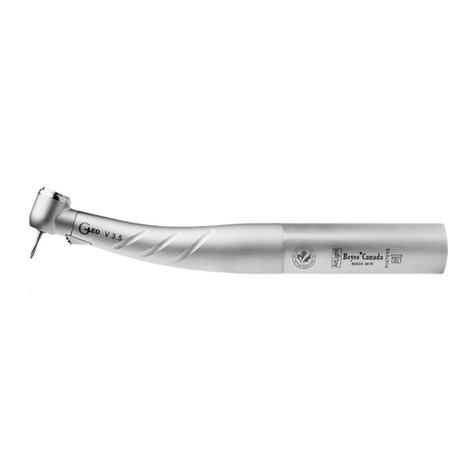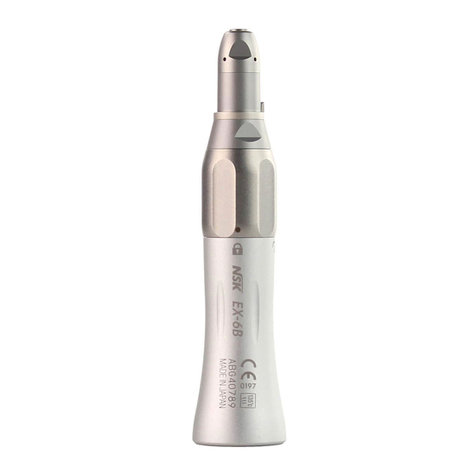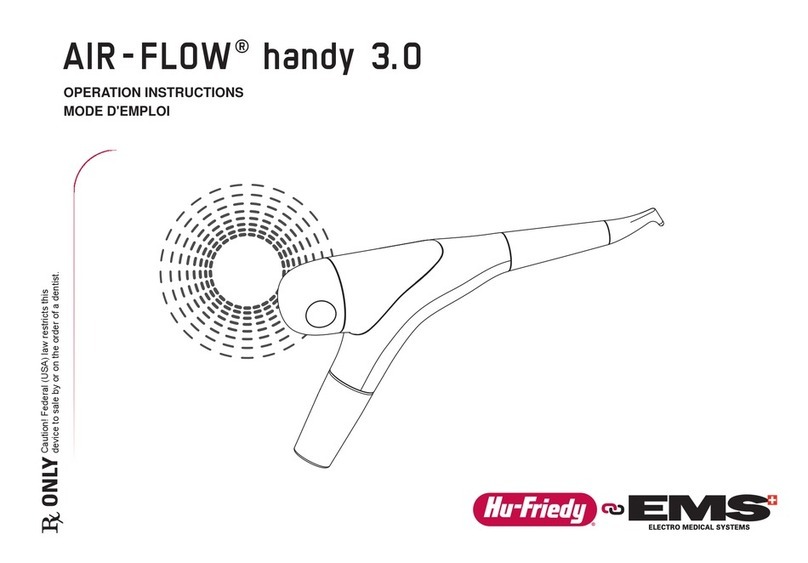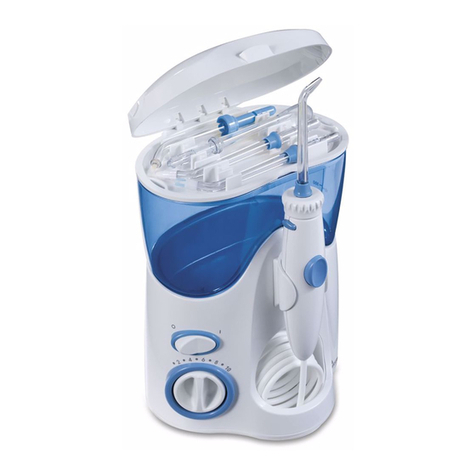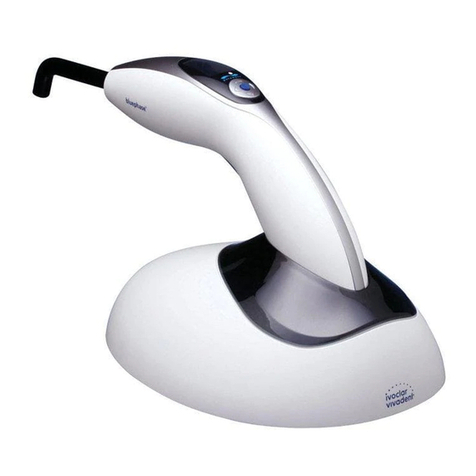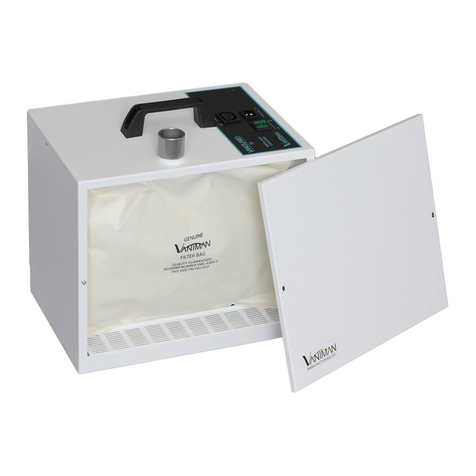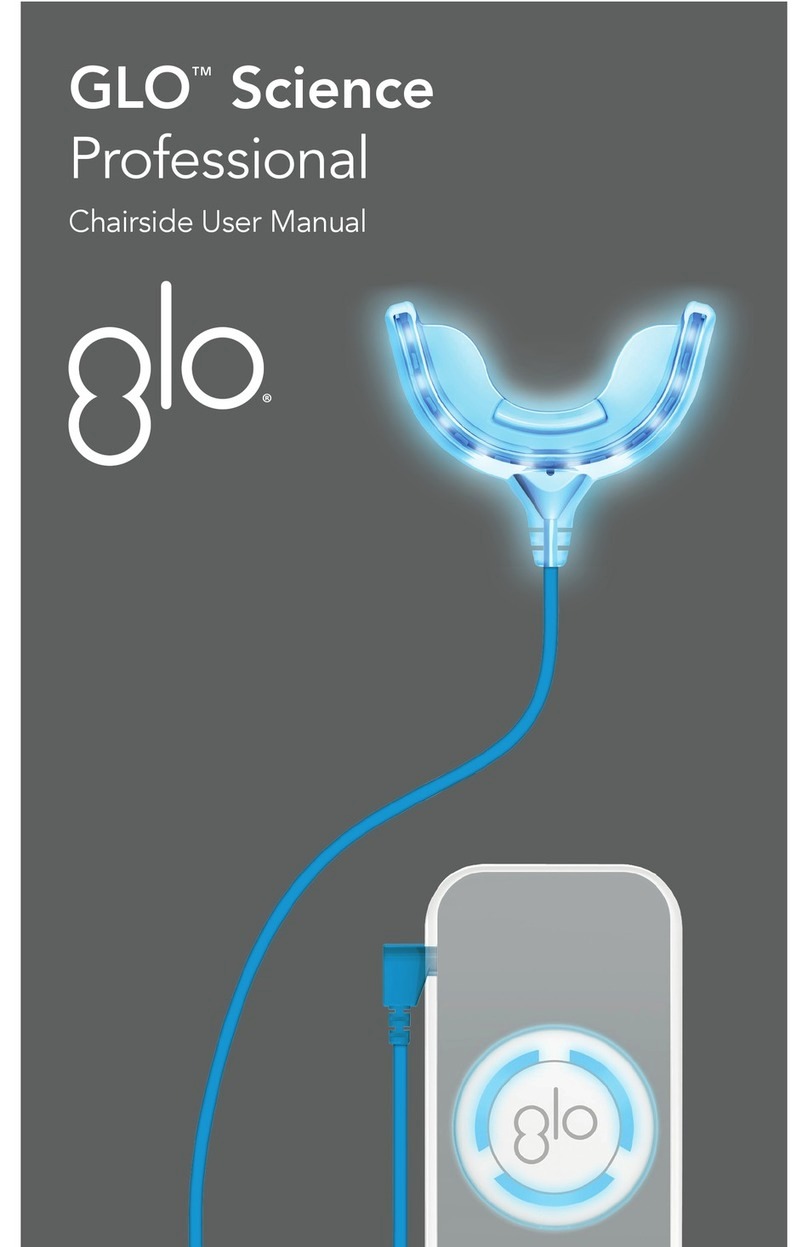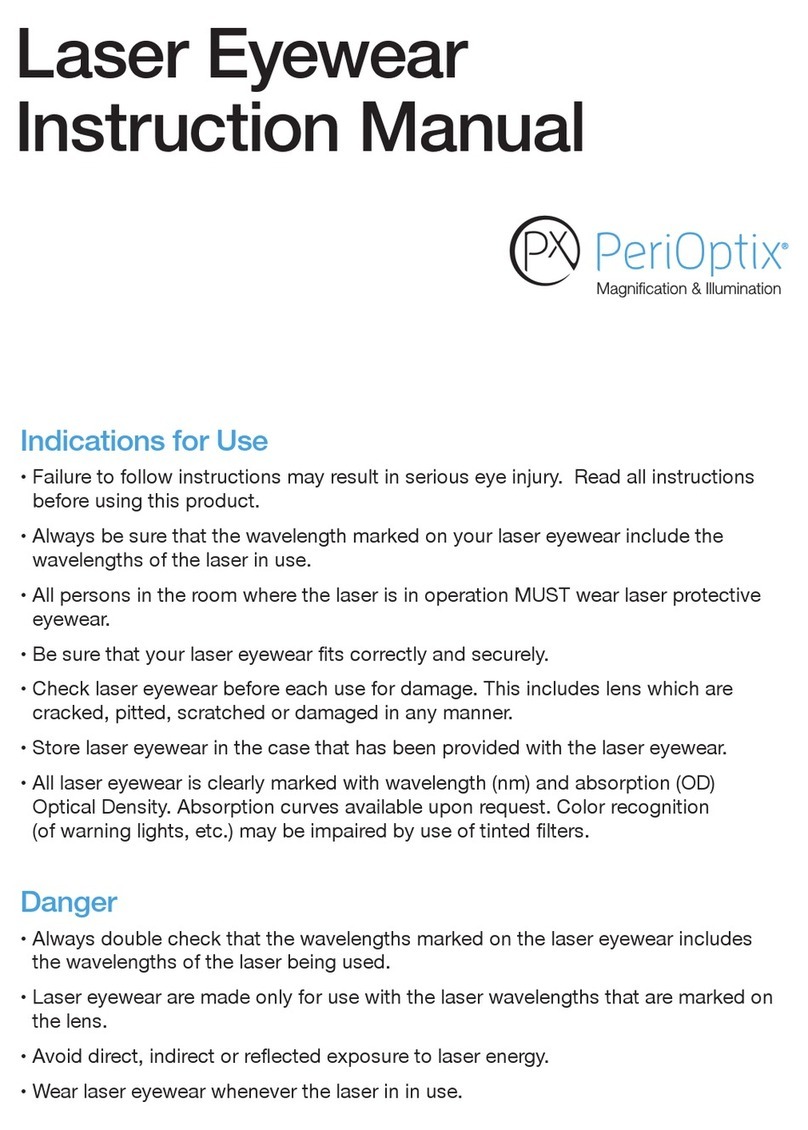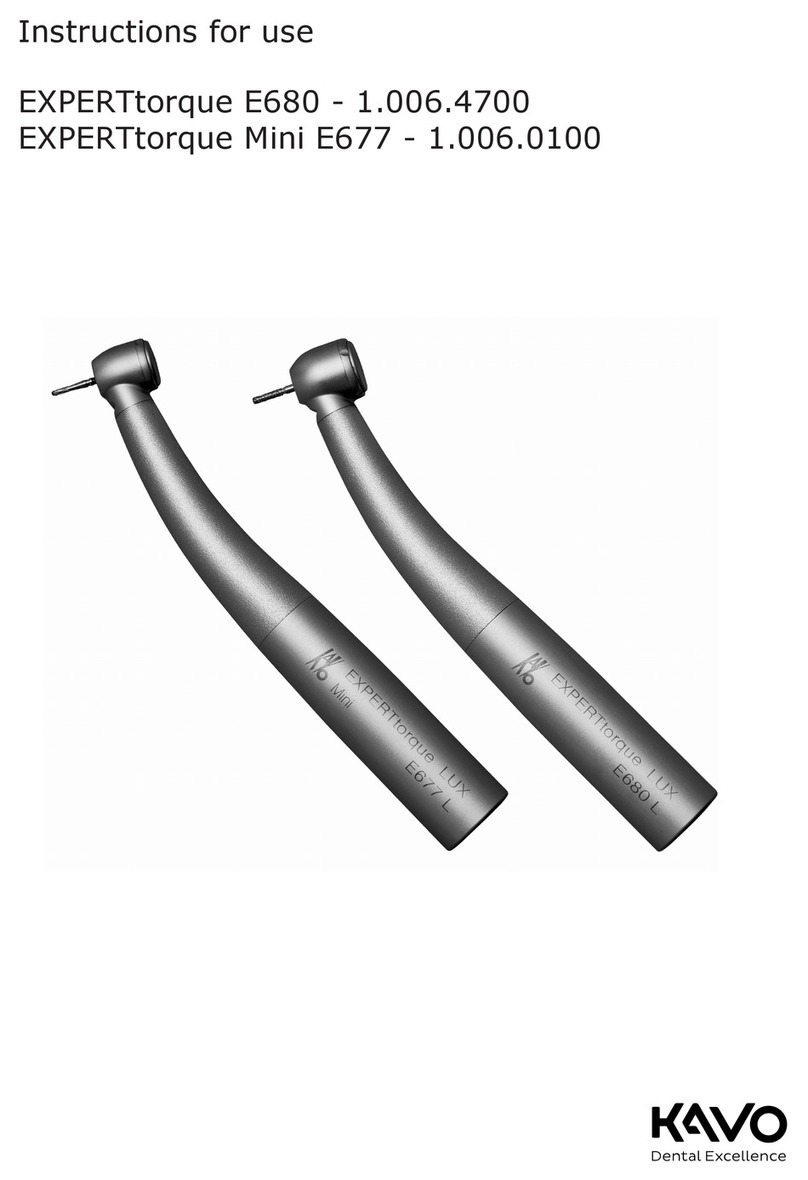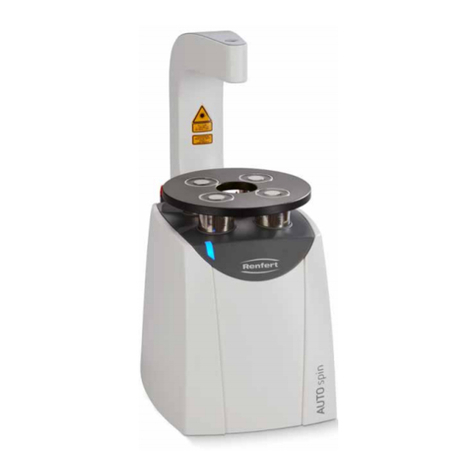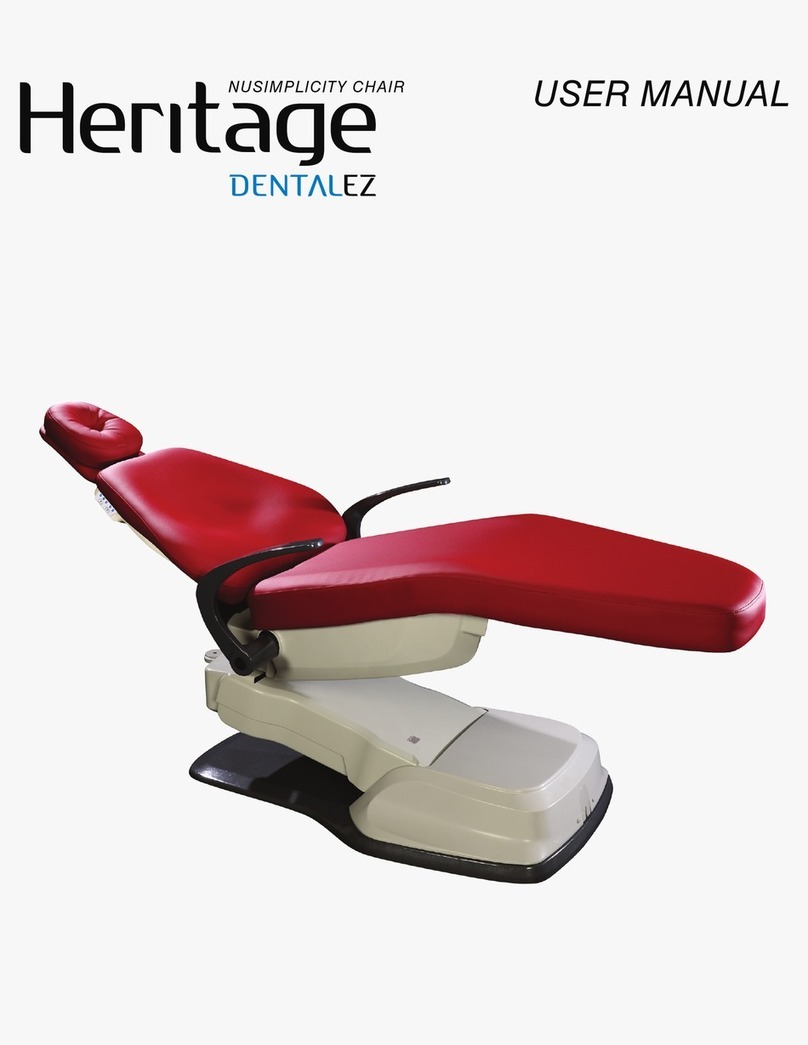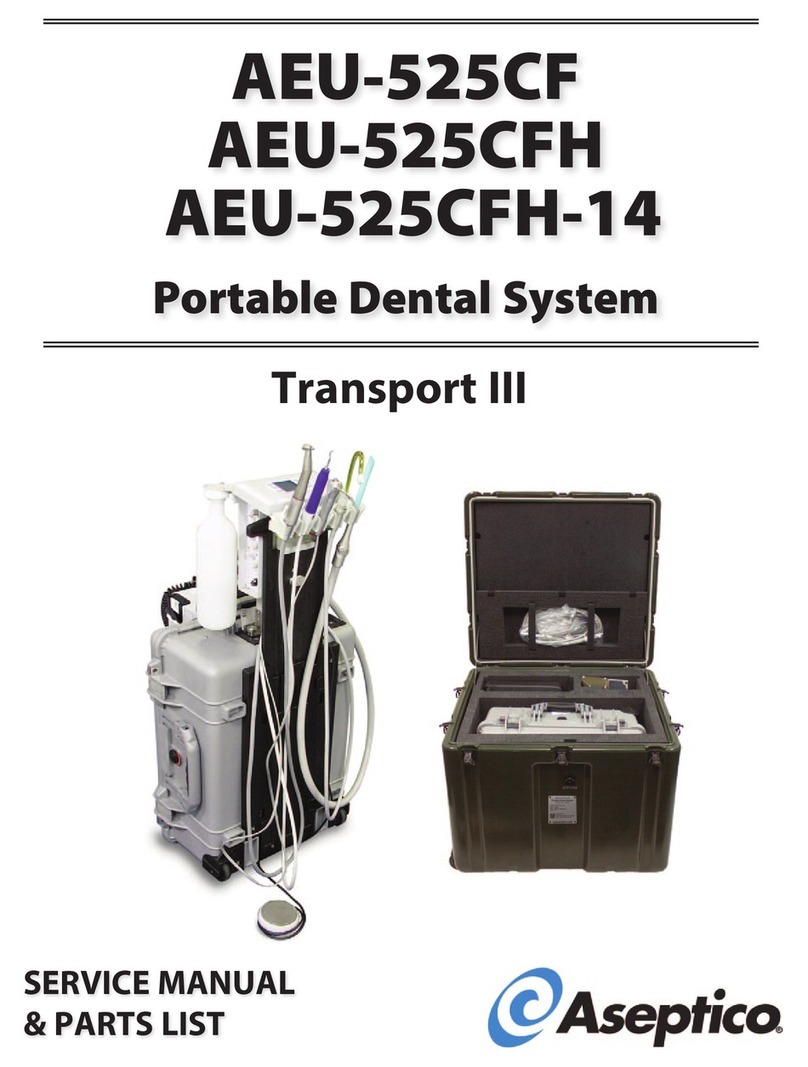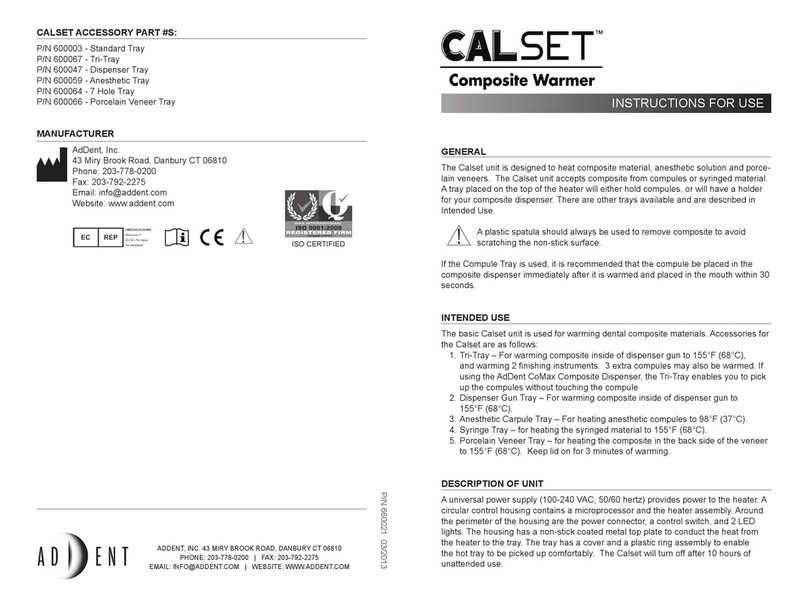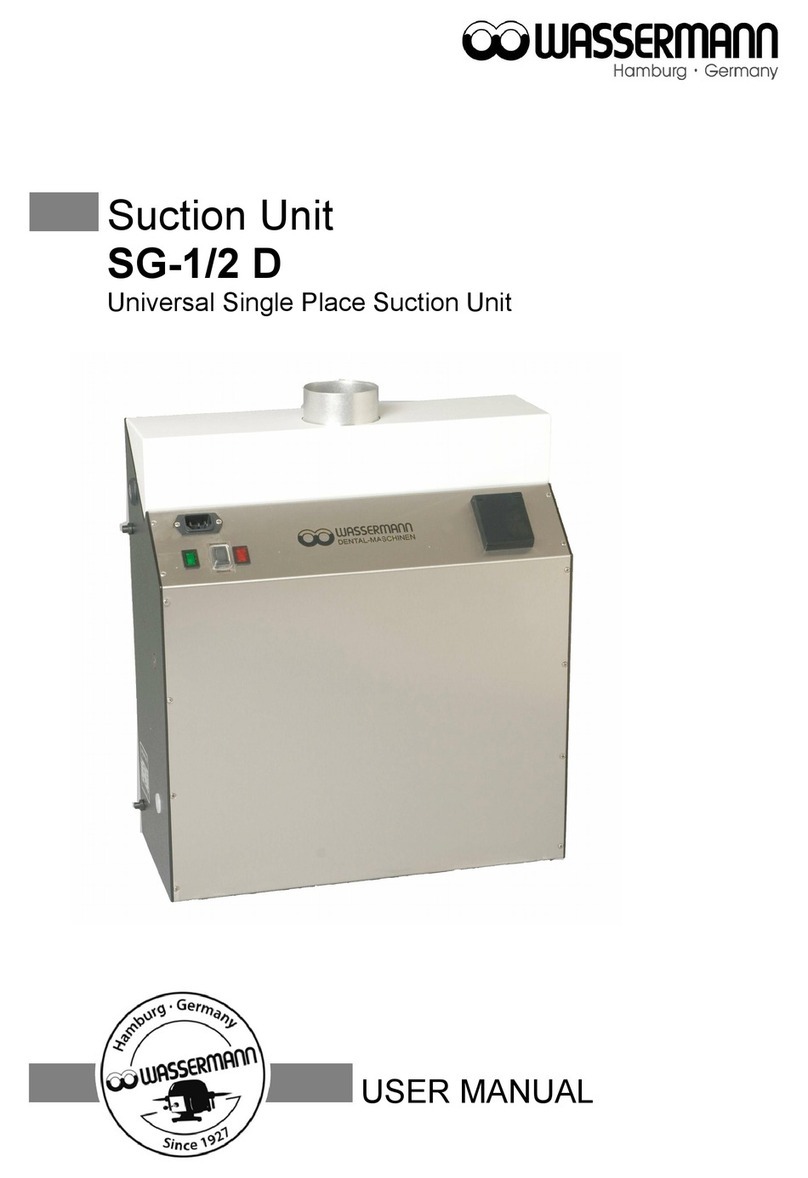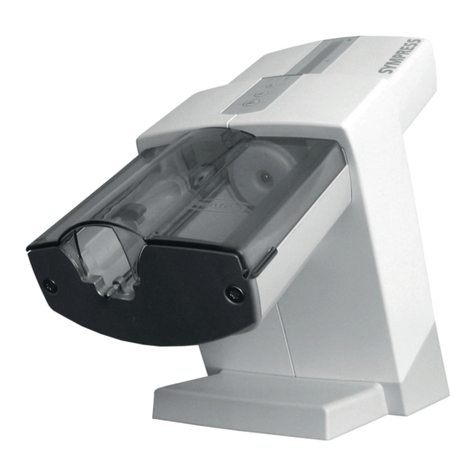
For more detailed information on the subject, please refer to operation
instructions of the unit, code 5139796-100.
ORTHOCEPH™ and CLINIVIEW™ are either registered trademarks or
trademarks of Instrumentarium Dental in the United States and/or other
countries.
Instrumentarium Dental reserves the right to make changes in
specification and features shown herein, or discontinue the product
described at any time without notice or obligation. Contact your
Instrumentarium Dental representative for the most current information.
Copyright © 04/2018 by PaloDEx Group Oy. All rights reserved.
5169809-100 rev 7
Instrumentarium Dental, PaloDEx Group Oy
Nahkelantie 160, FIN-04300 Tuusula,
FINLAND
Tel. +358 10 270 2000
Fax +358 10 270 2230
Americas:
Instrumentarium Dental
11727 Fruehauf Drive, Charlotte, NC 28273
U.S.A
Tel. 800-558-6120
Fax. 877-292-6050
E-mail: KKG.Imaging.CS@kavokerrgroup.com
CLINIVIEW software instructions
1. Edit the image: When the image is on the monitor, it can be
modified with Image control -dialog and other features.
2. Save the image to local database: use SAVE
button. Save the image to DICOM database: Choose
from Store menu tool DICOM.
3. Select the sending place and press SEND.
4. Print the image
5. Print editor is displayed on the monitor. Do
changes, e.g. Scale 1:1, image alignment by dragging
the image in the middle of the paper, selection of image
information from under image information. Press PRINT.
6. Close the print editor from the left upper corner.
Searching for the previous image
1. Patient - Open - Search patient - Search.
Select the needed patient - OPEN.
2. File - Open image. Image is displayed on the monitor.
Jaw joint exposure
Start with instructions “Preparing the unit for all imaging programs”.
NOTE! Manual selection of exposure
technique factors is always needed in the
jaw joint exposures. Symbols and pilots of
the programmed exposure values: Child, juvenile, adult, large
adult. Select patient size
1. Remove the chin rest and the bite fork. Install the nose
support and TMJ pointer.
2. Adjust the carriage to the
proper height with UP and
DOWN buttons on the patient
positioning panel.
3. Do the patient positioning.
Check the mid-sagittal and FH
lights.
4. See the patient directly from
side view and move the TMJ
pointer toward the jaw joint with
occlusion corrections buttons.
5. If the TMJ pointer does not meet the outer auditory canal,
change the nose support (2 models) and re-position the
patient.
6. The exposure is done patient’s mouth open or closed. In
mouth open exposure set the pointer 10 mm farther than in
mouth closed exposure.
7. After patient positioning press the START
button.
8. Confirm the READY-light is on in the control
panel. Start exposure. Press the exposure button
until the unit stops. The image is developed on the monitor
along the imaging progress.
Mouth open and closed exposures are taken in separate
exposure times. The image is developed on the monitor
along the imaging progress.
9. Release the exposure button, open the temple supports and
guide the patient out. Remove the pointer and nose support.
10. See the “CLINIVIEW instructions”.
Lateral cephalometric exposure
Start with instructions “Preparing the unit for all imaging programs”.
NOTE! Manual selection of exposure
technique factors is always needed in the
cephalometric exposures. Symbols and
pilots of the programmed exposure values: Child, juvenile, adult,
large adult. Select patient size
1. Turn and lock the ear rods to the lateral
projection position.
2. Remove the pan camera and connect the
ceph camera, unless the unit doesn’t have
two fixed cameras.
3. Guide the patient to sit or stand under the
cephalostat. Patient’s face are towards the mirror
(wall) in left handed unit and away from the mirror
(wall) in right handed unit. Adjust the cephalostat to
the proper height with UP and DOWN buttons on
the patient positioning panel.
4. Introduce the ear rods to external auditory
meatuses by releasing the brake. FH light passes over the
upper edge of the ear opening and the infra-orbital notch.
Set the nasion support.
5. After patient positioning press the START
button.
6. Confirm the READY-light is on in the control
panel. Start exposure. Press the exposure button
until the unit stops. The image is developed on the monitor
along the imaging progress. The image is developed on the
monitor along the imaging progress.
7. Release the exposure button, open the temple supports and
guide the patient out.
8. See the “CLINIVIEW instructions”.
In PA cephalometric exposure the patient is positioned face
toward the camera.
5169809-100TPH-1, 7
Copyright © by Palodex Group Oy. All rights reserved.
See PDM system to determine the status of this document. Printed out 2018-06-20 10:54:46
Approved
Reviewed Honkala Jorma Tapio 2018-05-22 12:15
Approved Ukkonen Juha-Pekka 2018-05-23 14:32




